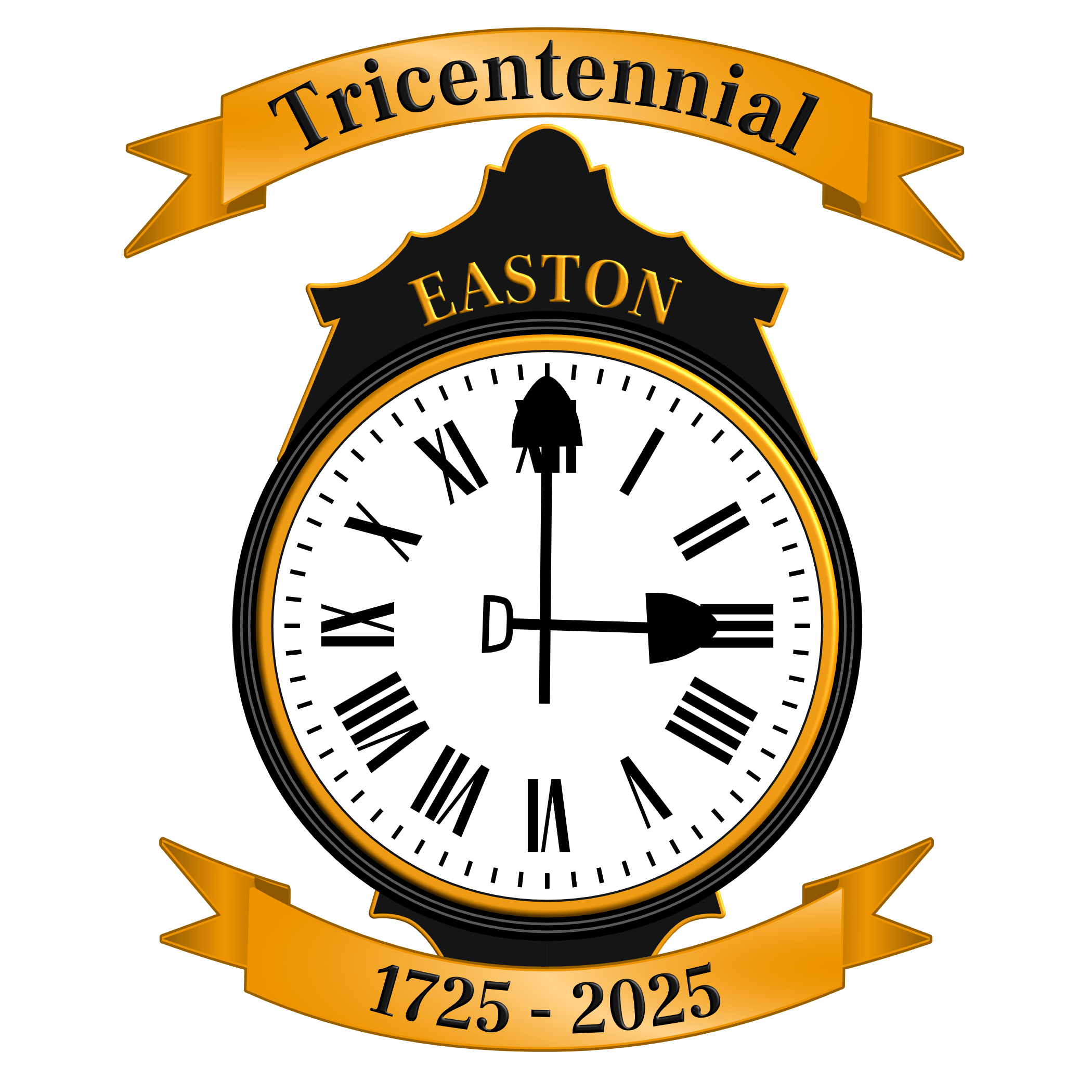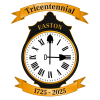History
Easton was first settled in 1694 and was officially incorporated in 1725.[2]
In 1694, the first settler, Clement Briggs, established his home near the Easton Green. In 1711, the Taunton North Purchase area became Norton, and in 1713, the sixty-nine families settled in Easton and hired Elder William Pratt as their first minister. Prior to the settlers’ establishment, the area was occupied by Native Americans as a hunting area and a burial ground. During King Philip’s War, Metacom, also known as King Philip, used part of Easton as a headquarters for his troops. There was no legal parish in Easton until 1722, when the East Precinct of Norton was recognized. In 1725, the area was incorporated as the Town of Easton; it was so named because it was formerly called the “East End” of the Taunton North Purchase and was shortened by pronunciation to Easton. During the Revolutionary War, General George Washington stayed at the Benjamin Williams Tavern on Bay Road, which is now the second oldest existing house in Easton, while on his way to negotiate for cannonballs at the old Perry Foundry in Taunton.
In 1803, the Ames Shovel Works was established and became nationally known as having provided the shovels which laid the Union Pacific Railroad and opened the west. In 1875, the shovel production of the Ames plant was worth $1.5 million. The most notable of the Ames family were Oakes Ames, a key figure in the Crédit Mobilier of America scandal, and Oliver Ames(R), governor of Massachusetts from 1887–1890.
The Ames family shaped the town’s economy, and was responsible for the presence of a number of landmark buildings in the town designed by H. H. Richardson, originator of the Richardsonian Romanesque style and designer of Trinity Church in Boston.
Richardson buildings in Easton include:
- The Ames Free Library (town library)
- Oakes Ames Memorial Hall
- The Old Colony Railroad Station (houses the Easton Historical Society)
- The Ames Gate Lodge (privately owned by the Ames family)
- The F. L. Ames Gardener’s Cottage (privately owned by the Ames family)
Though this school complex was not made by Richardson himself, it was dedicated to him and made in his style:
- H.H.Richardson/F.L.Olmsted Intermediate School
In addition, there is a commercial building at 69 Main Street which was designed and built in the nineteenth century by Richardson’s office in a Richardsonian style. The Richardson buildings are all located within a compact area designated as the H. H. Richardson Historic District. The area also includes The Rockery, designed by Frederick Law Olmsted, who also landscaped grounds of Oakes Ames Memorial Hall and the Ames Free Library.
Within a few blocks of the H. H. Richardson Historic District is Unity Church, built by the Ames family in 1875, and designed in the Gothic Revival Style by architect and publisher John Ames Mitchell. It includes an ornate oak frieze including sculptures of twenty-two angels playing music, carved by Johannes Kirchmayer (1860–1930), and two notable stained-glass windows, “Angel of Help,” and “Figure of Wisdom,” both by John LaFarge (1835–1910). “Figure of Wisdom,” completed in 1901, is the largest stained-glass work created by LaFarge.[3]


